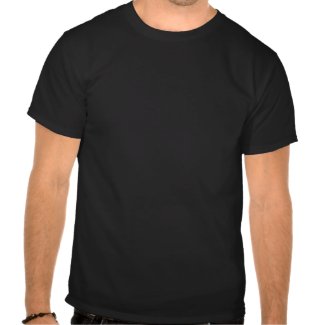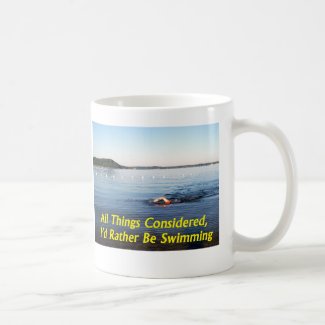Specific cold water swimming techniques are necessary to expand you swimming into November and December.
What? Some old classic methods and some new methods. In cold water swimming the primary goal needs to be to protect your CORE - center of your body - your heart. If you protect your core, other parts of your body stay warmer. When your core is cold, the body will draw blood from areas like your hands, feet, legs, arms and head. This lack of blood contributes to the coldness hands/feet/head and muscle issues ( cramps for instance ). If you reduce the need for the extra blood , your hands/feet will be warmer. Booties or socks for warmth and rock protection but you can also exist with just simple swim caps and no gloves. Remember though, these techniques delay the affect of cold water, not eliminate it, so you always have to be aware of the warning signs. If you are shivering in the water, time to get out. If you WERE shivering and now don't time to really get out and deal with hypothermia.
So, how to protect your core?
DRINK WARM
Simple - before every swim, drink something warm, with sugar is better. I drink hot chocolate just before.
ADD LAYERS
Look at other cold weather sports to gain some insight. In other distance sports, layers are used to stay warm ( running or skiing ). We need to find a way to swim with multiple layers. This will create small thin sections of warm water to help stay warm.
Compression clothing is a great inner layer. On upper body, use a compression top ( from SKIN ) . Others have them - NIKE, UNDERARMOR.. Compression gear is very tight ( overly tight ) with little room for air or water. BUT when in the water, that small space gets filled with a thin layer of water. Its tighness keeps the water close and does not allow it to be replaced often with colder water. That first layer will warm up quickly. The second layer is between the compression clothing and the wet suit. Since the compression clothing is meant to exercise in , it has no affect on body movement. ( specifically long sleeve, heat wear .. have not tried the cold wear compression gear ).
For the lower body use a non-pouruos swim suit - full leg version. These types of swim suits were used heavily at the China Olympics for pool swimming. The material does not let water thru and is skin tight. Compression leggings should also work. ( again SKIN, NIKE, UNDERARMOR ) You can also use a full body "speed suit" that is sufficiently tight.
This new layer will help protects your CORE. When you move from one layer to two layers, you should feel the difference in body temp and ALSO in hands/feet temp. Its important to note that putting on a tshirt will not help . It does not create that layer we need. The layer needs to be very thin and not allow much movement of water.
So.. Compression clothing + 5mm wetsuit = more warmth. .. yes!
OIL
Well not really oil, but this technique is well understood. November is optional but a good idea in December and January. Cold water marathon swimmers use it alot. The compression and wetsuit layers keep your body warmer and slows down the temperature drop, but you will still feel the nasty cold water on your skin. For exposed skin, you can use simple Vaseline or Vaseline/Lanoline/ layers. You can use on your face ( Vaseline ) but keep away from your eyes. It helps to take the edge off very cold water.
BREATHING
As the water temperature drops in the 30s, you need to add some techniques to your swimming style. The cold water reflex will start to really kick in. Your body will want to push air out quickly as you swim. Instead, you have to take overly deep breaths and slow your breathing down. It takes practice. The first time you deal with the cold water reflex is when entering the water. Do not rush to swim fast. Get your face used to the cold first. A good idea is to use Breast Stroke , allowing your face to be wet and cold while controlling my breathing. Once breathing regularly, start freestyle. It may take a minute or two but it is much better to sort out so the reflex issue does not kick in.
EXITING THE WATER
When you leave the nice warm water into the very cold air, you face two problems. When you are swimming in cold water, every muscle in your body is contributing to your warmth. For cold water swimming you need to methods to warm your body as soon as you stop swimming.Clearly the air will NOT be doing it.
You need to prepare everything for the water exit BEFORE you start swimming. When you exit the water, your blood will be rushing everywhere to try and recover warmth. Add to that, your muscles will NOT be pumping as hard. You are in a serious heat deficit. Your body needs help so it will start shivering. It will try to shiver to warmup. We want to avoid the nasty shivering.
Make sure you have gloves, hats, towels to cover up. Keep it right at the shore line. By preparing for the right type of exit, your cold water recovery is faster and less troublesome. By following some simple rules on exiting the water , you can reduce the shivering and bad recovery time.






I'm surprised to find that this season I actually have a use for this information! Still swimming on November 13th...we'll see what next weekend brings! Thanks for the tips -- and for, as always, being the West Neck Pod's Lead Scout into uncharted territories!
ReplyDelete